Starting a new job can be both exciting and terrifying. At ATECH, our onboarding process is geared toward introducing new employees to our philosophy, our way of doing business, and getting them familiar with coworkers. This is all guided by
our Core Values to help new hires understand the” how” and “why” of what we are doing.
At ATECH, our philosophy of “Fixed Right, Fast, Guaranteed” is the cornerstone of our Core Value #1 – Being Customer Focused. Doing what is necessary to safely fix equipment on the first trip out is our highest priority.
Seasoned Technicians
For seasoned technicians, the onboarding process is a one-to-two-week process that focuses on how we do business. Day One is spent with a senior manager going over our Core Values, insurance, work hours, pay, and how the company is set up. This is also an excellent opportunity for introductions to coworkers and explaining how the new tech will be working with different staff members. Finally, a new tech will be introduced to the veteran technician who will be working with them for the next week and teaching them
the "ATECH Way."
On Day Two and for the rest of the week, a seasoned tech will work with the new technician to help familiarize them with our dispatching process, tablet software, and work process. This is also the day when a new technician’s van will be outfitted. The tech will also receive a uniform, ID badge, and tablet. While doing different jobs under the direction of the tech mentor, they will get familiar with our local purchase process, ordering parts, quoting repairs, and checking out.
Feedback between the technician, the trainer, and dispatch will determine how long the training period will be before the new tech is ready to run calls alone. During this process, we also discuss what training the technician wants or can use to further their expertise. At ATECH, we believe that there is always an opportunity to learn more, especially in this fast-paced industry we are in.
Apprentices
Our process for onboarding apprentices is more detailed, but it follows a similar path to an experienced technician. For apprentices, Day One also involves an introduction to ATECH’s Core Values. A senior manager will also review insurance, working hours, paycheck set-up, and company organization with the new hire. On the first day, new apprentices will meet coworkers and all other staff members. They’ll also be introduced to the technician who will be working with them. This seasoned technician will be teaching them more about the business itself and about the “ATECH Way.”
For the remainder of the first week, the apprentice will work with their assigned technician to become familiar with the dispatching process, tablet software, and work process. They’ll also receive their uniform, ID badge, and tablet. We’ll assess what tools the apprentice already has and suggest other tools that may be specifically helpful for food service equipment repair. ATECH helps technicians and apprentices with tool purchases by offering a tool account program. The program is a small weekly payroll deduction so technicians can get the tools now that they need to do their job the most efficiently and then pay them off over time.
While doing different jobs under the direction of the tech mentor, as with senior techs, apprentices will be introduced to our local purchase process, ordering parts, quoting repairs, and checking out. At ATECH, our philosophy of “Fixed Right, Fast, Guaranteed” is the cornerstone of our Core Value #1 – Customer Focused – and doing what is necessary to safely fix equipment on the first trip out is our highest priority.
Training for Your New Career as a Technician
Actual training during this initial period will focus on a combination of online courses and hands-on training. Online courses are designed to give the apprentice a foundation on hot side electrical, gas, and steam functions, as well as how to read schematics and troubleshoot. Additional courses focus on refrigeration and HVAC. Once the initial online courses are completed, the apprentice will be eligible for CFESA training when it is available.
Apprentices will
work with technicians on planned maintenance calls to introduce them to equipment, how it runs, what can go wrong with it, and how best to keep it operating to the manufacturer’s specifications. They will also be working on installations to learn what a good install looks like and what can go wrong when equipment is not installed to the manufacturer’s specifications. This is essential because around 95% of all new installation service calls are installation-related and not actually equipment malfunction.
New hires will also be riding with senior technicians learning how to troubleshoot and repair a variety of equipment. It is not uncommon for our technicians to work on steamers, ovens, coolers, and ice machines all in the course of one day. A variety of calls is one of the many positives of working in our industry.
This training will continue during the first few months with attention to milestones. Those milestones include hot side online training, CFESA training, working alone on PMs, factory training, and repairing equipment on their own, to mention a few. As an apprentice progresses, they will be challenged with more complex service calls under the supervision of our trainer. This will help them continue their growth as a technician.
Join the ATECH Team
Our service techs are at the center of the work we do at ATECH. It's how our founder Mark LeBerte started all those years ago, and our success wouldn't be possible without the efforts of our skilled, hardworking employees. If you want to learn more about current openings at ATECH, complete our application form, and we’ll reach out to schedule an interview. Thank you for your interest!
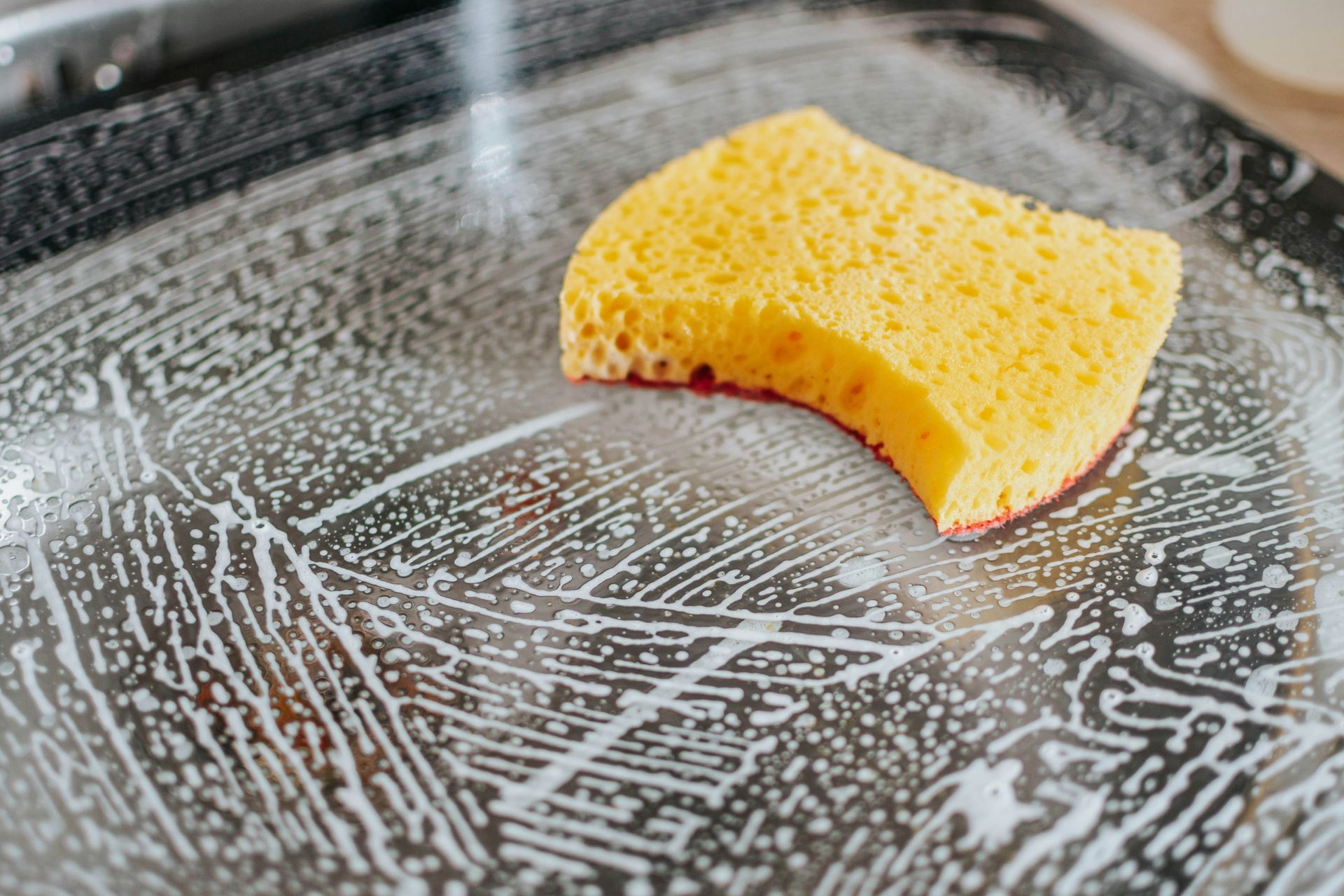

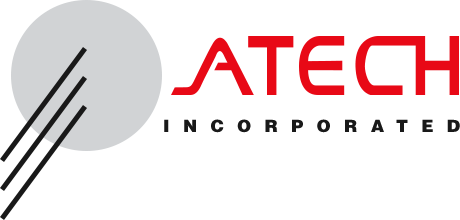



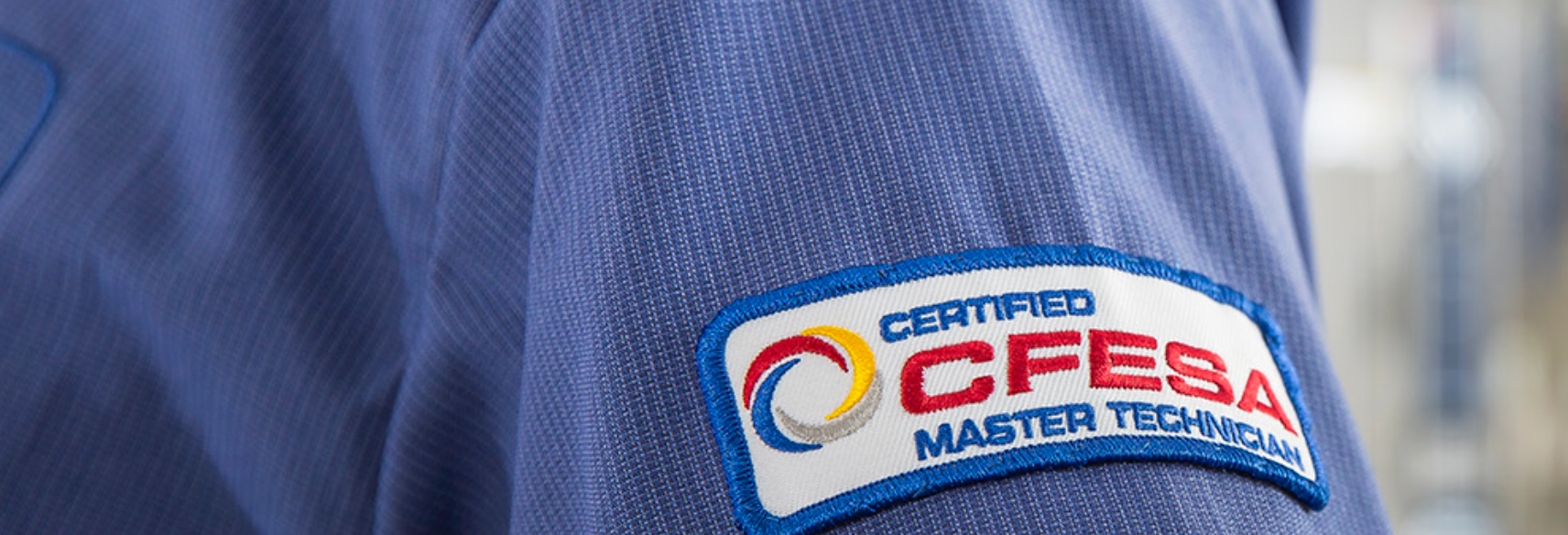

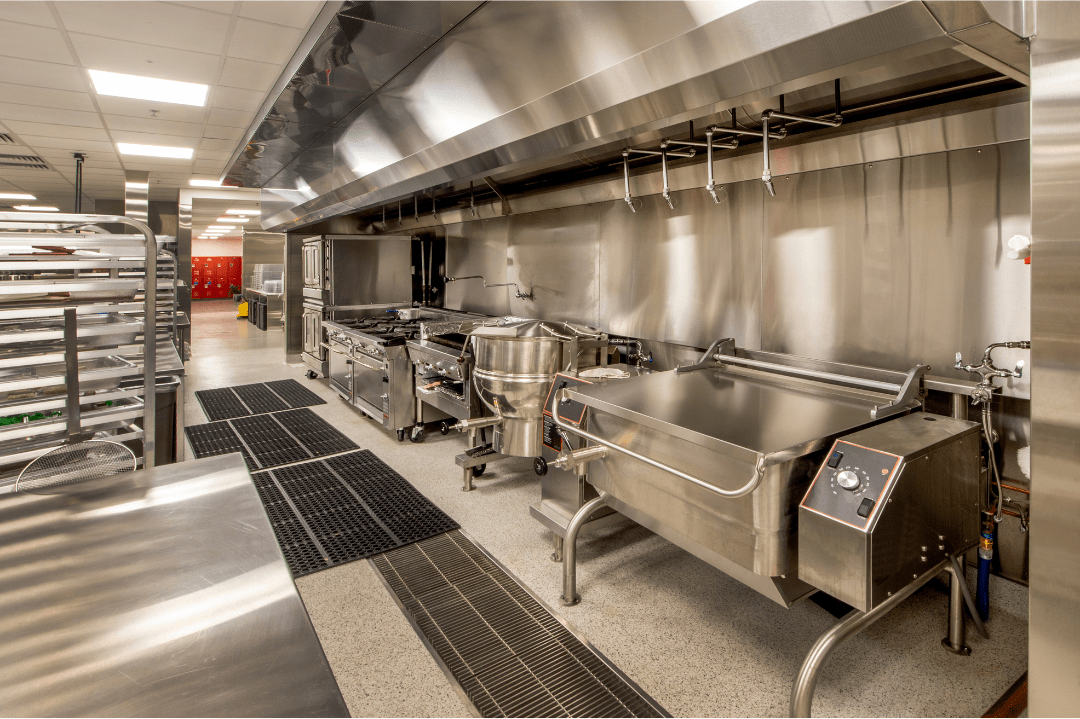
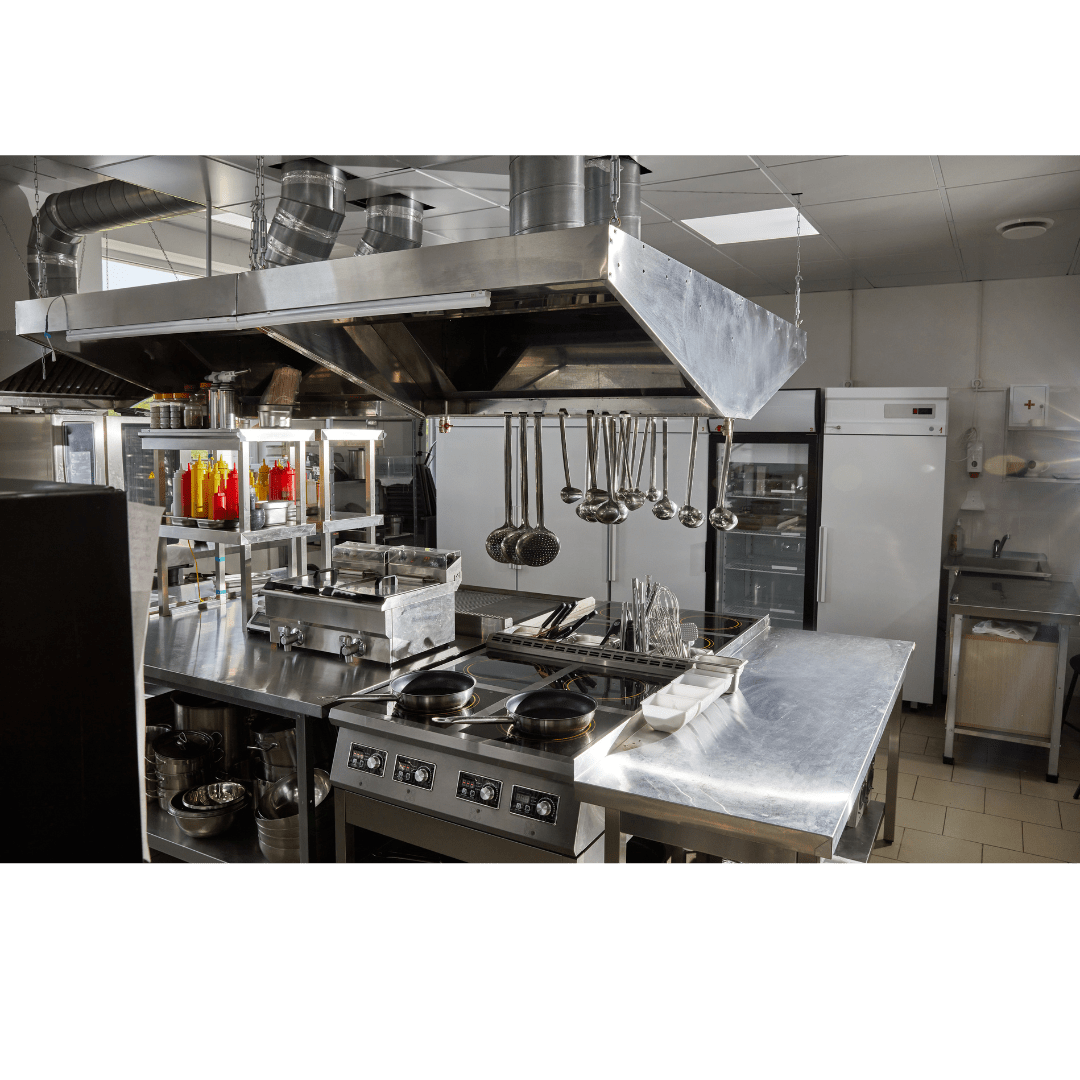

Share On: